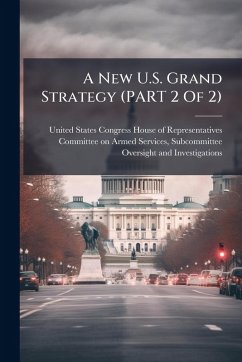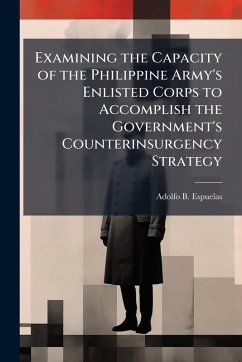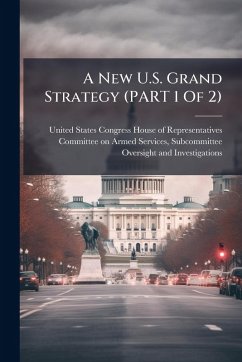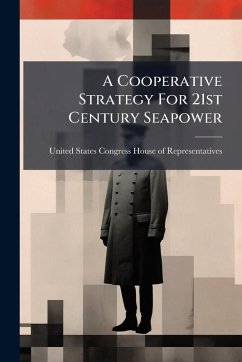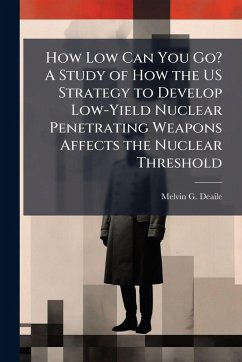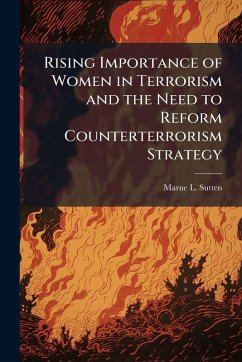
Blurred Strategy

PAYBACK Punkte
8 °P sammeln!
The premise for this study evolved during Operation IRAQI FREEDOM (OIF). It stems from a perception that the combat plan for the Coalition force invasion worked brilliantly but noticeably absent was a detailed plan for transitioning to peace. This study conducts a thorough review of the current joint military doctrine and the interagency policy and guidance relevant to post-conflict operations, complex contingency and Military Operations Other Than War (MOOTW). It includes a case study of the formal USG civil-military interagency planning effort for OIF's post-conflict operations. It creativel...
The premise for this study evolved during Operation IRAQI FREEDOM (OIF). It stems from a perception that the combat plan for the Coalition force invasion worked brilliantly but noticeably absent was a detailed plan for transitioning to peace. This study conducts a thorough review of the current joint military doctrine and the interagency policy and guidance relevant to post-conflict operations, complex contingency and Military Operations Other Than War (MOOTW). It includes a case study of the formal USG civil-military interagency planning effort for OIF's post-conflict operations. It creatively employs a gap analysis research strategy in concert with a case study methodology, the research addresses its primary research question: Is joint military doctrine sufficiently robust to be adopted by the USG civil-military planning community as the framework for developing a single integrated doctrine for planning complex contingency and post-conflict operations? Several factors are cited as contributing reasons for the lack of a robust post-conflict plan: strategical errors by the Bush Administration, poor coordination between USG civil-military interagency planners, and the lack of a solid planning framework for complex contingency and post-conflict operations. The research concluded that a fundamental impediment to planning is fact that its departments and agencies do not focus and coordinate their activities effectively. There are a number of reasons degrading the integrated effort: unfamiliarity, ineffective coordination structures, incompatible approaches, under developed lines of responsibility, incompatible architecture, organizational dogmas, and resource constraints. This study recommends that civil-military planners establish a solid and well-resourced planning framework that includes well-defined lines of coordination, a collaborative architecture, a means for continuous professional education and training, and a single common integrated doctrine. The proposed f This work has been selected by scholars as being culturally important, and is part of the knowledge base of civilization as we know it. This work was reproduced from the original artifact, and remains as true to the original work as possible. Therefore, you will see the original copyright references, library stamps (as most of these works have been housed in our most important libraries around the world), and other notations in the work. This work is in the public domain in the United States of America, and possibly other nations. Within the United States, you may freely copy and distribute this work, as no entity (individual or corporate) has a copyright on the body of the work. As a reproduction of a historical artifact, this work may contain missing or blurred pages, poor pictures, errant marks, etc. Scholars believe, and we concur, that this work is important enough to be preserved, reproduced, and made generally available to the public. We appreciate your support of the preservation process, and thank you for being an important part of keeping this knowledge alive and relevant.



